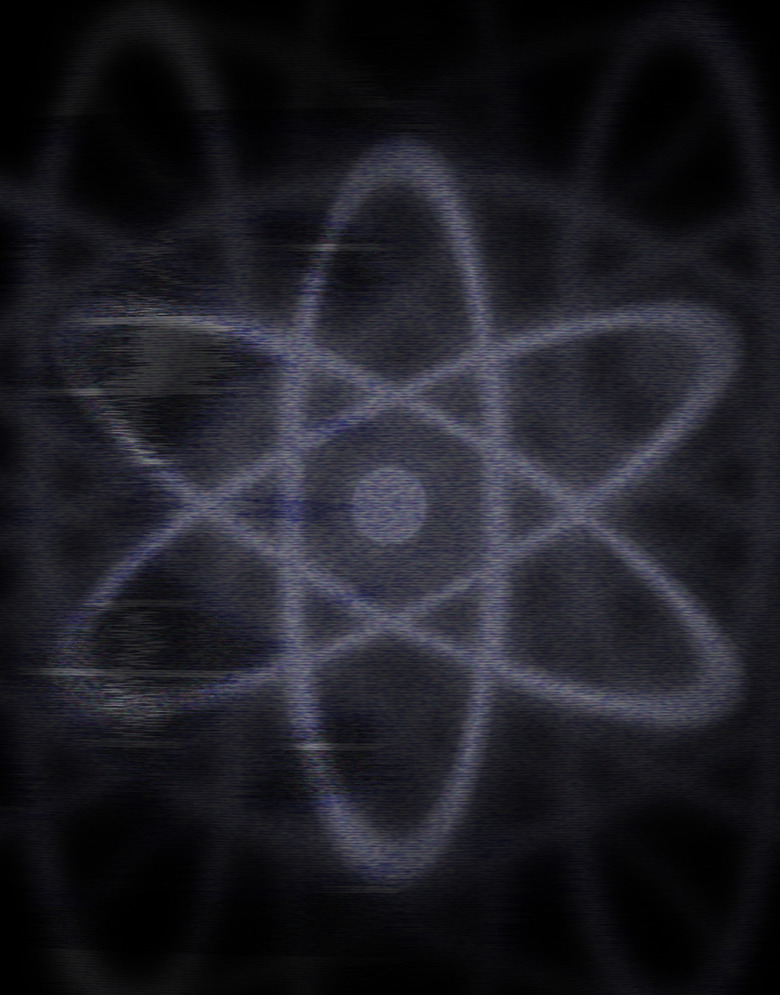What Does It Tell You If Iron Has An Atomic Number Of 26?
The periodic table of elements may seem complicated, but it follows very specific rules. One such rule is the atomic number, which is located above each element's alphabetic symbol. The atomic number provides information about one of the element's most basic components.
Particle Portions
Particle Portions
An atom is composed of three particles — protons, neutrons and electrons. The number of protons is the defining characteristic of an element, and this number also tells you how many electrons are present in a neutral atom. Therefore, iron — with an atomic number of 26 — has 26 protons and electrons. The number of neutrons, however, can vary. Iron has four stable isotopes, and each one has a different number of neutrons.
References
- Georgia State University: Nuclear Notation, Isotopes, and Nuclear Size
- Trace Sciences International: Stable Isotopes in Nutritional Studies
- Pharmacy College Admission Test Review; Kaplan Publishing
Cite This Article
MLA
Mullis, Robert. "What Does It Tell You If Iron Has An Atomic Number Of 26?" sciencing.com, https://www.sciencing.com/tell-iron-atomic-number-26-13055/. 24 April 2017.
APA
Mullis, Robert. (2017, April 24). What Does It Tell You If Iron Has An Atomic Number Of 26?. sciencing.com. Retrieved from https://www.sciencing.com/tell-iron-atomic-number-26-13055/
Chicago
Mullis, Robert. What Does It Tell You If Iron Has An Atomic Number Of 26? last modified March 24, 2022. https://www.sciencing.com/tell-iron-atomic-number-26-13055/
